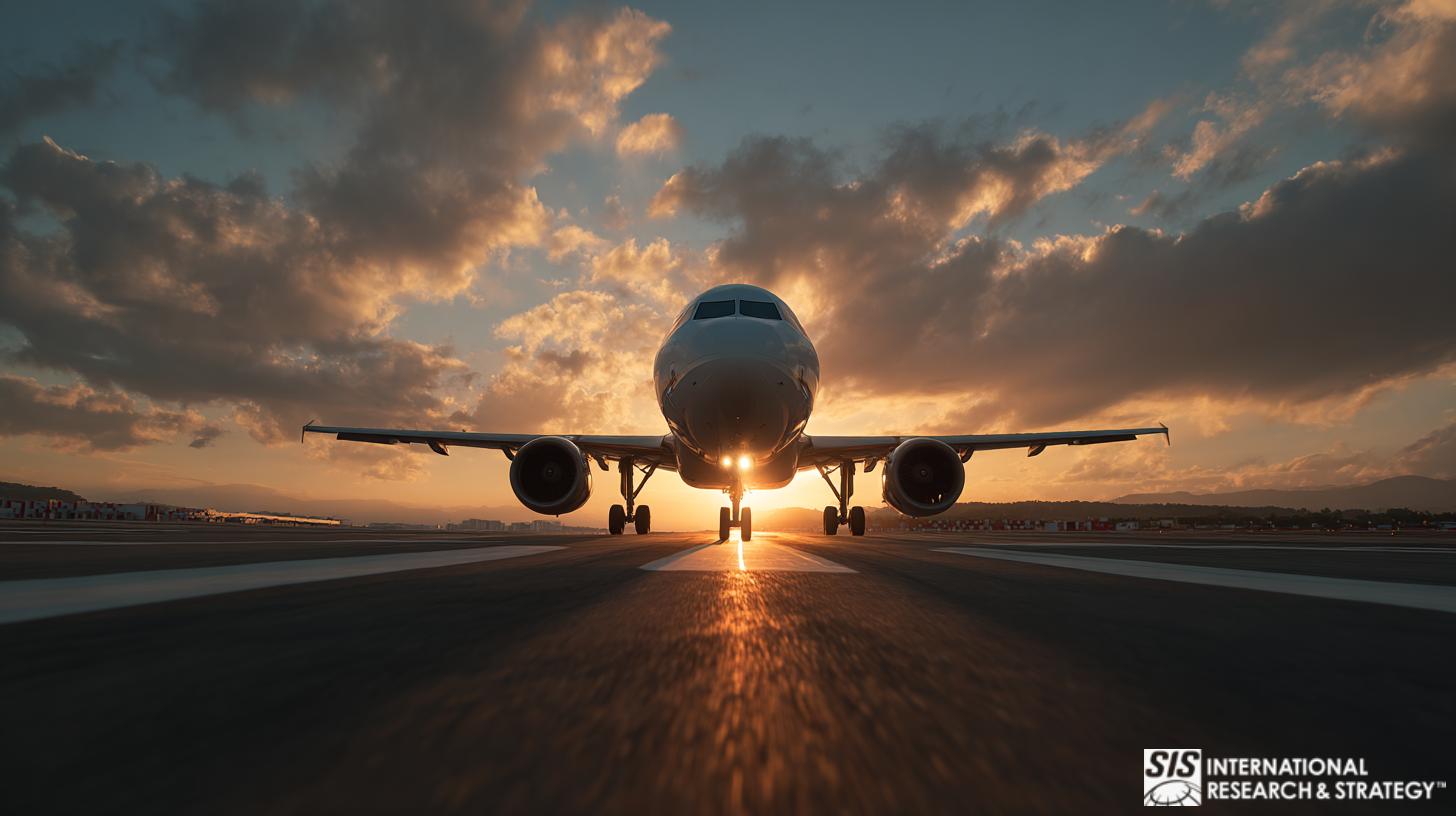
Low-cost carriers, discount airlines or low-cost airlines are airlines that offer lower fares in exchange for fewer passenger comforts. The concept started in the 1970s by the American domestic carrier Southwest as a way to offer cheap airfares to consumers, since then more low-cost airlines started to proliferate gobbling market share to the point that even major carriers had to establish their own subsidiaries that offered lower fares to regain lost customers.
Opportunities in Low-Cost Air Travel
The impact of low-cost carriers on the aviation industry has been tremendous. The deep market penetration of low-cost airlines caused conventional carriers to cut flights, close hubs and even abandon service to some cities. In the last few years with high fuel costs and the slowing global economy eating into the bigger carriers’ profit margins, only budget airlines have consistently reported profits or expanded their routes. In Asia and the Middle East the low fare sector has dramatically grown in the last decade and there are no signs that the expansion would be curtailed. Low-cost carriers in the Middle East have grown very fast relative to traditional carriers.
Erkenntnisse zum Kundenwert
The success of budget airlines can be traced back to their business model which expounds that cost is not equal to price. The original Southwest model consisted of low fares, higher frequency routes, use of secondary airports with short turnaround times and utilizing the same type of aircraft for the fleet. Modern budget airlines still closely follow the same precepts as those laid out by Southwest but because of there are more low-cost airlines competing in the market there have been differences in every budget carrier in their implementation. Low-cost airlines in America offer frequent flyer programs and some have even offered the same frills found in bigger carriers like complementary drinks and different class systems. In Europe, budget airlines like easyJet and Ryanair usually follow the more traditional business model except that both airlines have operated into major hubs such as Paris Charles de Gaulle, Dublin and Manchester where the traditional strategy of operating in secondary airports.
Wertversprechen von Low-Cost-Reisen
Kunden bevorzugen zunehmend den No-Frills-Ansatz beim Fliegen, nur um Geld zu sparen. Der größte Anreiz für Billigflieger sind natürlich immer noch die niedrigeren Tarife, die sie anbieten, aber das ist nicht der einzige Faktor, der zu ihrem Erfolg beiträgt. Für Vielflieger ist der größte Faktor, der Billigflieger attraktiver macht, die Verfügbarkeit von Flügen mit Billigfliegern. Da herkömmliche Fluggesellschaften ihren Betrieb zurückfahren, gibt es weniger Auswahl bei den Flugplänen.
Wettbewerb mit traditionellen Fluggesellschaften
The growth of budget airlines has brought into question the future of legacy carriers. Big carriers are increasingly pressured by high fixed costs and relevant market positioning to consumers. Legacy carriers are increasingly focusing on cost efficiencies, focus on particular traveler segments, consolidating through mergers and acquisitions, and investing in staff training and communications. Today’s new competitive landscape puts large, well-established airlines in fierce competition with low-cost airlines.
Über die Marktforschung für Billigflüge
SIS is a Global Market Research and Strategy Consulting company. We provide Qualitative, Quantitative and Strategy Research. Qualitative Research includes exploratory and observational research. It includes methods such as Focus Groups, Customer Interviews, Online Communities, and Ethnography. Quantitative Research provides measurement and data. Quantitative research methods include online, telephone, and mobile surveys. Strategy Research examines competitive and industry dynamics that impact your decision-making. Strategy solutions include Market Opportunity insights, Market Sizing and Competitive Analysis.



